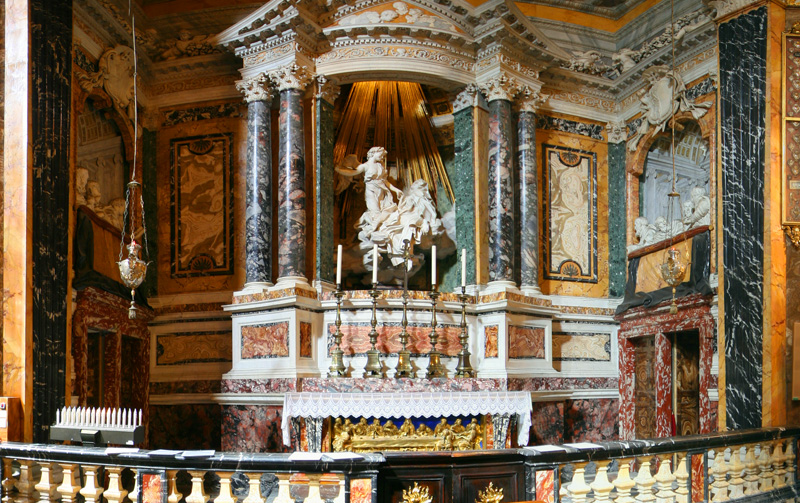 |
| Diego Velazquez, The Tapestry Weavers,1657 |
However, in the mid-20th century, some scholars began to connect the dots between the scene depicted by Velazquez and the story described by Ovid of the contest between Arachne and Athena. Arachne was a young girl in the eastern Mediterranean who could weave better than any mortal she came across. She was so adept that she arrogantly challenged Athena to a weaving contest. Athena accepted. However, the brash youth proved better than the goddess had anticipated, and it soon became clear that Arachne was the better weaver. Here, Arachne made her fatal mistake. Athena was furious, begging Ariadne to give her an excuse for cruelty. Arachne obliged by weaving into the tapestry images of Zeus’ infidelities to Athena’s mother, Hera. In her rage, Athena turned Arachne into a spider. The end.
Velazquez subtly depicts this scene in his painting. The contest appears in the foreground—the weavers furiously attack their looms. In the background, Athena metes out Arachne’s punishment in front of a tapestry of Zeus attacking Europe. Arachne’s half-blurred form recoils from Athena’s outstretched hand, fearful of the goddess’s wrath. Somehow this scene in the rear went unnoticed for 300 years. Somehow scores of art historians mistook what is now recognized as one of Velazquez’s more accomplished paintings for a mundane depiction of weavers.




















